The release of Epoch’s Cassette Vision (カセットビジョン) console on July 30th, 1981 was a true milestone in Japan’s video game history. While not the first Japanese game console, it can be argued it was the first programmable one to have any major success, which paved the way for the Famicom. The Famicom’s release naturally led to the demise of the aging Cassette Vision, with Epoch’s Super Cassette Vision failing to take up that spot in the market it once held.
The original had a solid four year run moving an estimated 500,000 units – a success when Japan’s console market was in its infancy. The system originally retailed for ¥13,500. There was also a revised version of the console called the “Jr.” shipped just days after the Nintendo Famicom at a very cheap ¥5000 price tag, which extended the console’s lifespan.
The entire game library of the console ended up only being eleven released, retail titles. Most of these games are clones of existing arcade games. None were officially licensed – interestingly, right in a gap when copyright for video games was being adjudicated in Japan. Epoch had previously licensed Taito’s Space Invaders as a dedicated console called TV Invader, but felt no need to work with other arcade companies for the Cassette Vision.
Amusingly, the game Galaxian has little to do with Namco’s arcade game of the same name and instead seems to be a clone of Moon Cresta. Other games aren’t exact arcade clones, usually with their own spin on the concept. For example Pak Pak Monster deviates from Pac-Man in having a very different maze layout and few dots. Some of these changes likely had more to do with hardware limitations than conscious efforts to alter the gameplay, but they do make for interesting variations.
Preservation
The Cassette Vision’s legacy outside of Japan has been obscure for a number of reasons. Most importantly, the hardware of the system is unique. The base unit has no CPU – it merely serves as an AV output. The game cartridges themselves hold all the necessary hardware to run the game, with a custom LSI that incorporates a CPU, RAM, and the ROM code. This design was similar to the PC-50X family of systems which were sold primarily in Europe and Asia in the 1970s.
Because of this non-standard architecture, the system was never emulated so Western players had no way to access the system’s games. Jeremy Parish has done the most for making English-speaking audiences aware of the Cassette Vision, and his videos on the system are highly recommended.
The project to preserve the Cassette Vision began years ago when myself and user Brolly/SSJ pooled the funds to acquire the entire library for the system. These were sent to expert Sean Riddle to be dumped, which due to the technical difficulties mentioned above made for a difficult process. However, to the rescue came Tetsuji Oguchi, the very person who designed the chipset used inside of the Cassette Vision’s games! Mr. Oguchi has a website with copious technical documentation of the console’s hardware that you should check out if you want to learn more.
With the games finally dumped, we still had no means of playing them – again due to the unique hardware. The games were preserved for years, unplayable, until just recently when the PD777 emulator by W88DodPECuThLOl was released! This impressive achievement was put on Github, and I spent the time manually inputting programming and pattern data from Mr. Oguchi’s website. There were three games missing from the site however, so we informed W88DodPECuThLOl and shared our dumps of those files. He quickly converted them for his emulator and sent them back and with that done, the entire Cassette Vision library is now playable in the PD777 emulator!
As of the time of this article’s publication, this emulator is still in the very early stages but being updated regularly. While the games are playable there may be bugs and there is a lot more work to be done to bring it up to the standards of other emulators. Developers are encouraged to fork the work done so far and improve on these results to bring this fascinating piece of Japanese game development history to more people! We will update the article in the future if any significant changes happen, but for now we’ll give you instructions on how to get started emulating the Epoch Cassette Vision.
How do we emulate the system?
Having taken the steps to build the games into playable EXE files, we’ve included our work in a ZIP file you can download here. Simply extract the ZIP and run the .exe of whatever game you want to play. Currently the emulator DOES require an XInput joystick device – you will not be able to play the games without it. CPP files are also included if you want to build the executable files yourself as newer versions of the emulator are released. The version of the emulator in the included ZIP at this time is – 0.02.24
Game Scans
We are currently working to get all the materials for each game scanned! Currently, nine out of the eleven are done – We are only currently missing Big Sports 12 and Baseball. Use these materials as you may!
Astro Command (アストロコマンド)
Download 1200DPI RAW Scan Images (External Link)
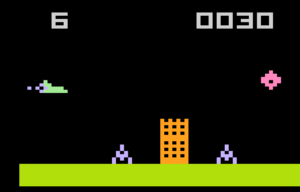
A clone of Konami’s Super Cobra arcade game. There are a few gameplay changes, such as asteroid-like objects that roam through the air to crash you instead of just the usual ships.
600DPI Scans –
Battle Vader (バトルベーダー)
Catalog ID – 5
Download 1200DPI RAW Scan Images (External Link)
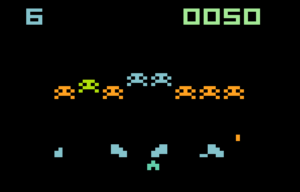
Clearly a Space Invaders clone, but due to hardware limitations, there’s only one row of aliens. The gameplay is odder than that though – aliens move vertically up when shot and change color upon each hit, essentially having a life bar. A few other Space Invaders clones had similar mechanics, so it’s not purely a worse version of the 1978 classic!
600DPI Scans –
Elevator Panic (エレベーターパニック)
Download 1200DPI RAW Scan Images (External Link)
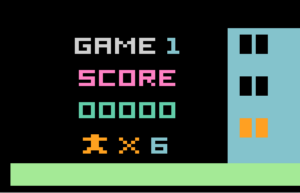
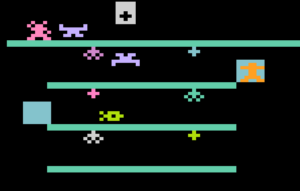
This game is an original, with clear influences from Donkey Kong Jr., Elevator Action, and Space Panic (the latter two probably forming the name). It’s likely the rarest title for the original Cassette Vision, coming out in 1984. The player character must ascend each floor, tagging checkpoints along the way and avoiding monsters. Once they reach the “boss” monster at the top, they clear the level.
600DPI Scans –
Galaxian (ギャラクシアン)
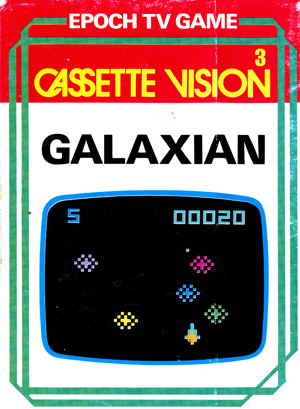
Catalog ID – 3
Download 1200DPI RAW Scan Images (External Link)
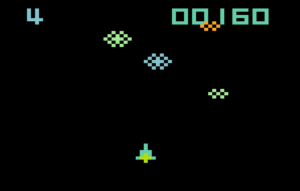
While named after the Namco classic arcade game, it’s more of a clone of Nihon Bussan‘s Moon Cresta. Overall a basic fixed shooter.
600DPI Scans –
Monster Block (モンスターブロック)
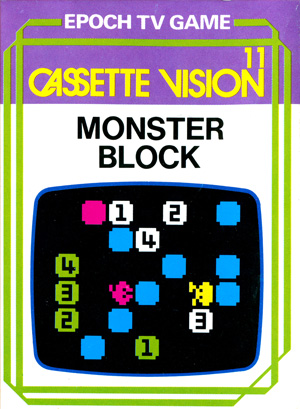
Catalog ID – 11
Download 1200DPI RAW Scan Images (External Link)
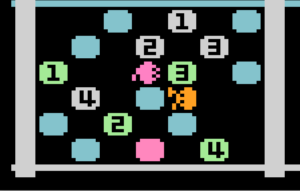
An interesting Pengo-like game where players must slide and destroy all the blocks to advance to the next stage. Enemies will continually respawn even if you smash them – unlike in Pengo. Jeremy Parish’s playthrough video explains the many nuances of the gameplay in more detail. A rather sophisticated game for the hardware!
600DPI Scans –
Monster Mansion (モンスターマンション)
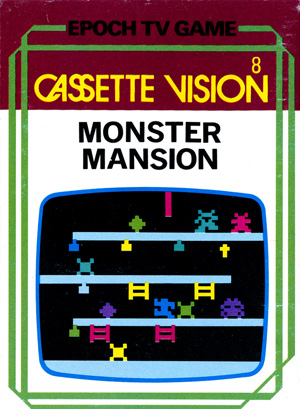
Catalog ID – 8
Download 1200DPI RAW Scan Images (External Link)
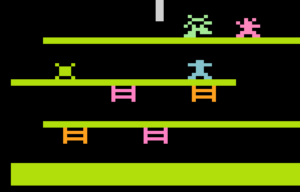
A clear take on Donkey Kong – you must avoid wandering enemies as well as barrels thrown from above. A cross item will grant you invulnerability for a short time on some levels (yes, this was before Devil World). Like Elevator Panic, players have to cross over various checkpoints in some of the levels in order to advance. Getting to the top of the stage with the enemy along with a Pauline-type character completes each stage.
600DPI Scans –
New Baseball (ニューベースボール)
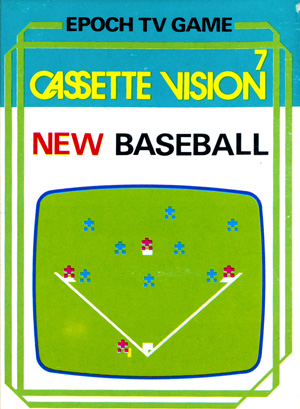
Catalog ID – 7
Download 1200DPI RAW Scan Images (External Link)
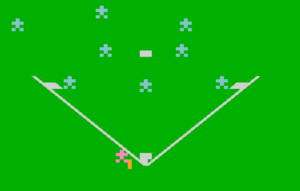
It’s baseball! Currently we don’t know about all the differences between this and the earlier released Baseball, which was also shipped by Epoch as a dedicated console. According to Jeremy Parish, a single player mode, bunting and AI improvements seem to make up most of the differences, though there may also be some other minor changes.
600DPI Scans –
Pak Pak Monster (パクパクモンスター)
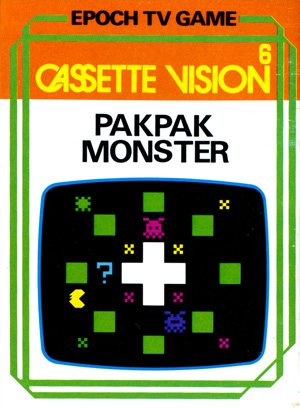
Catalog ID – 6
Download 1200DPI RAW Scan Images (External Link)
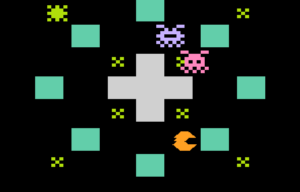
Based on Pac-Man, though with incredibly chunk objects and a lot of other changes. There are only a few dots and you actually have to run into them several times before they disappear. There’s only a single power-up that allows you to chomp back at the ghosts – of which there are only two per level. Bonus fruits also take a different form. In comparing the compromises here to the Atari 2600 version of Pac-Man, it’s easier to appreciate they fidelity of that version by comparison.
600DPI Scans –
Kikori no Yosaku (きこりの与作)
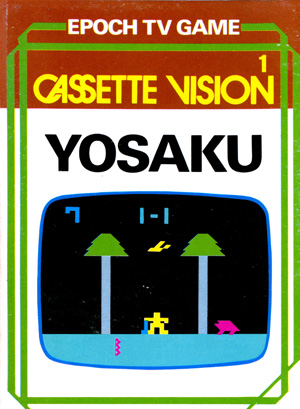
Catalog ID – 1
Download 1200DPI RAW Scan Images (External Link)
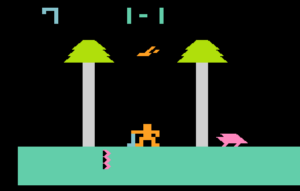
Perhaps the most infamous game on the system, this is an unofficial clone of one of SNK’s earliest arcade games, Yosaku. Infamous because the original game is unpreserved, yet influenced a number of clones, including this – as bizarrely the most accessible one. Don’t expect Timber though. You control the titular Yosaku and must chop down trees while avoiding forest creatures that run by with jumps and ducks.
600DPI Scans –

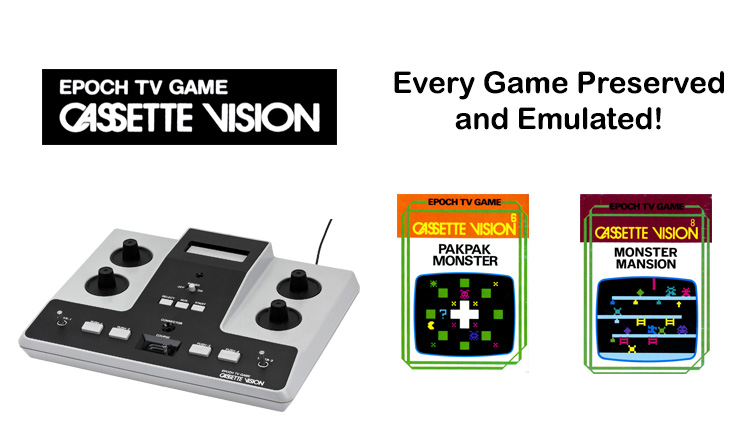
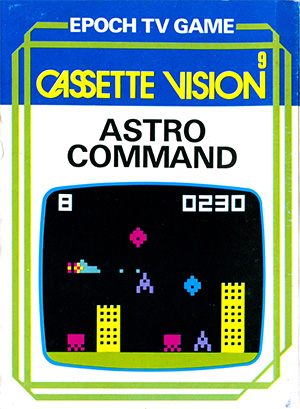
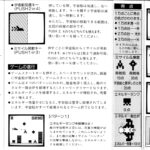
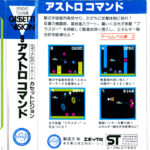
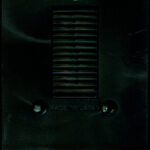
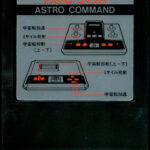
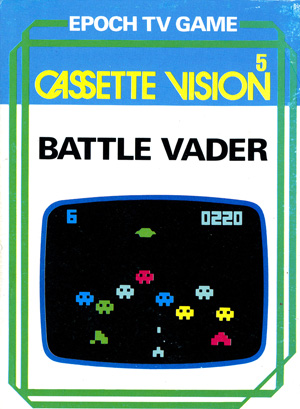
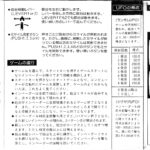
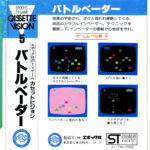
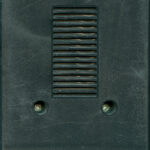
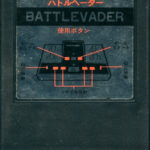
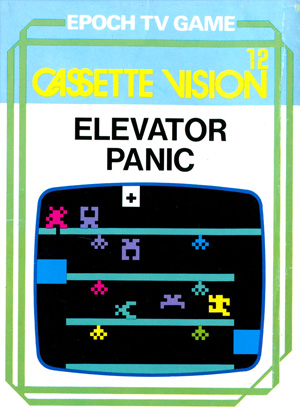
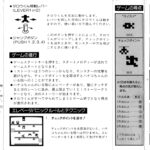
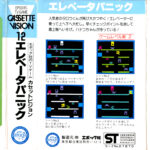
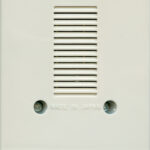
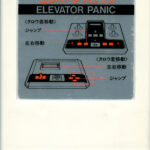
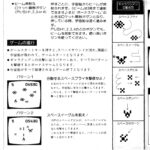
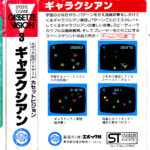
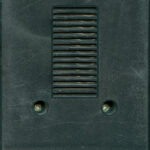
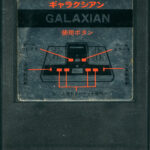
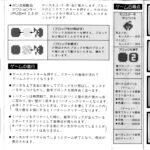
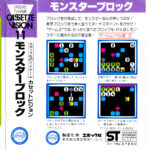
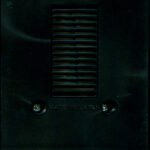
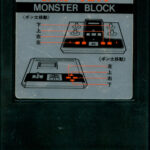
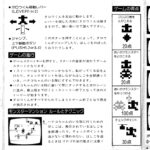
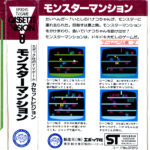
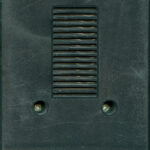
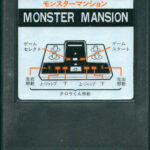
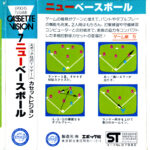
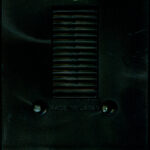
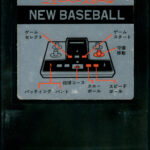
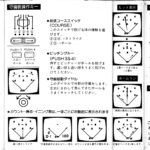
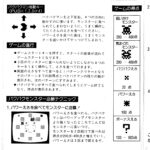
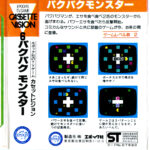
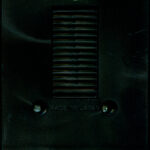
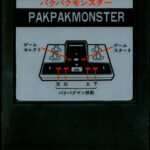
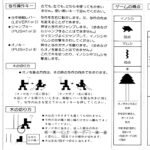
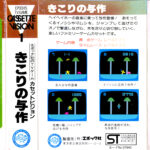
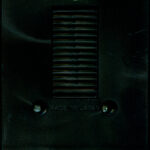
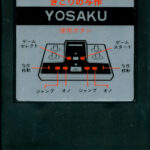





Nice to see this happening! I’m sure this was no easy venture.
And a note on New Baseball—the original Baseball was a dedicated 2P game. New Baseball includes a few modes that work for a single player. That seems to be the major difference.
Waiting for this to be ported to MAME (and eventually MAME4Droid, just so I can play this on my Android for personal amusement)!
Hello, new vesion: https://github.com/W88DodPECuThLOl/PD777/releases/tag/ver0.03.24
Great news! I can scan the two games missing (big sports and baseball). So just let me know!
Thank you for offering, we should thankfully have those on loan soon so you won’t have to do that but if I end up needing it I’ll let you know!